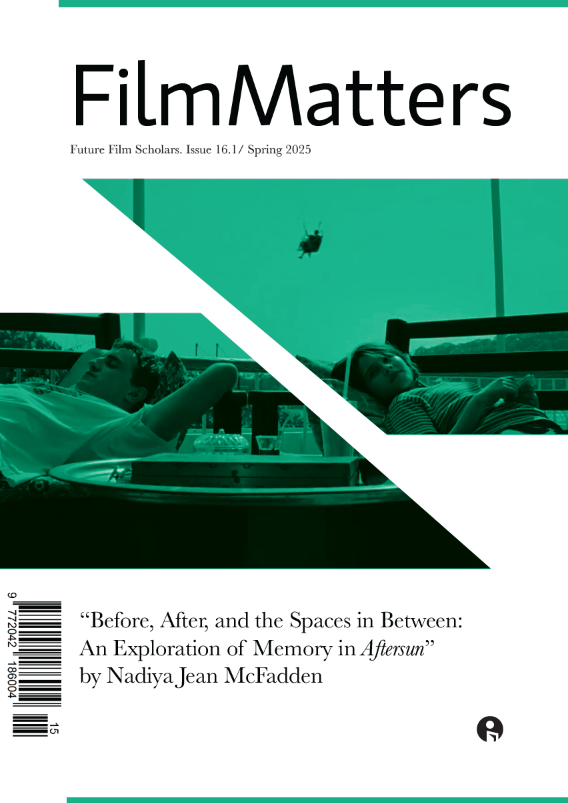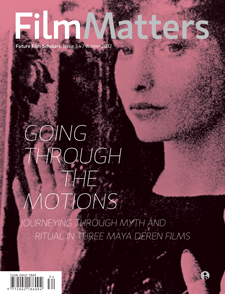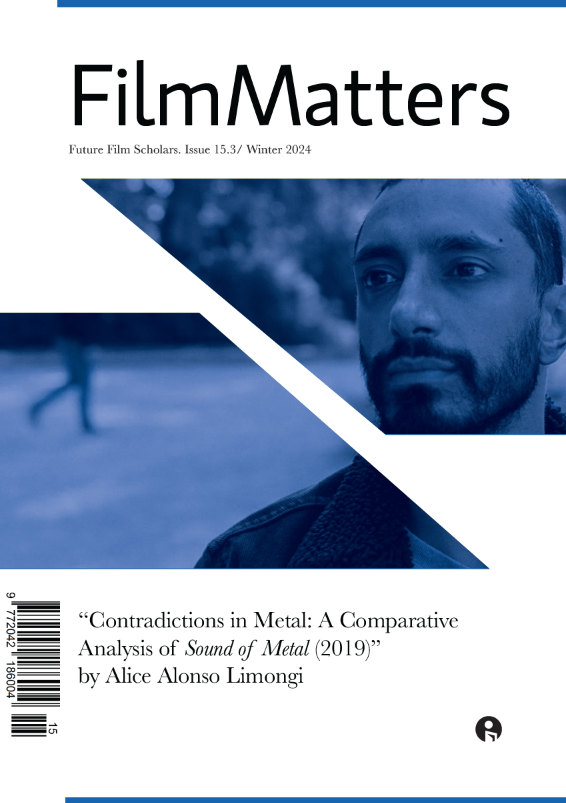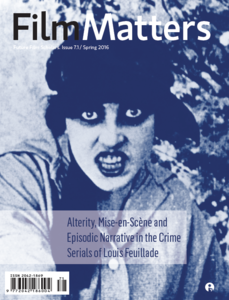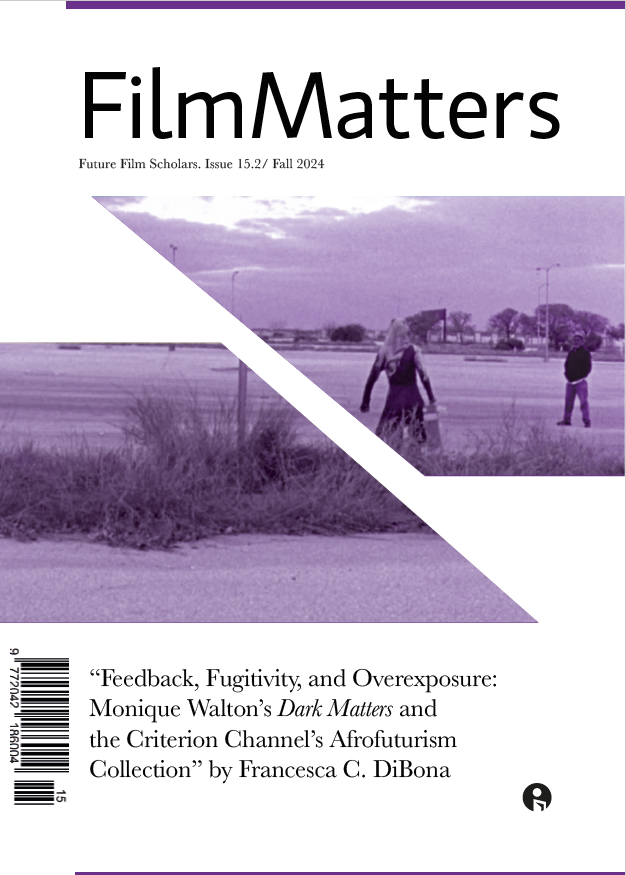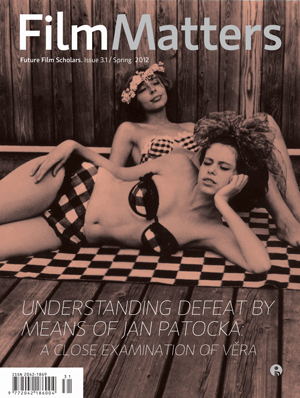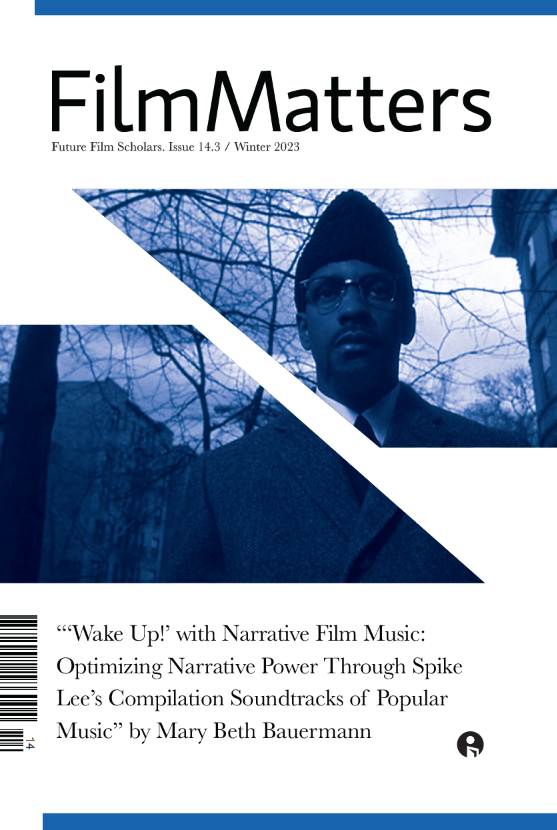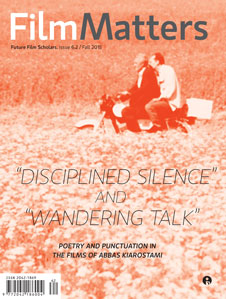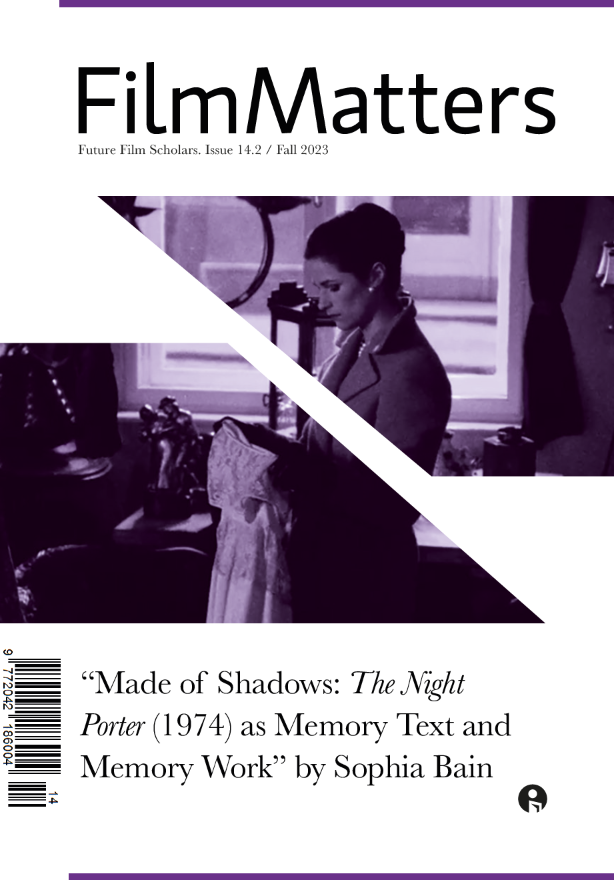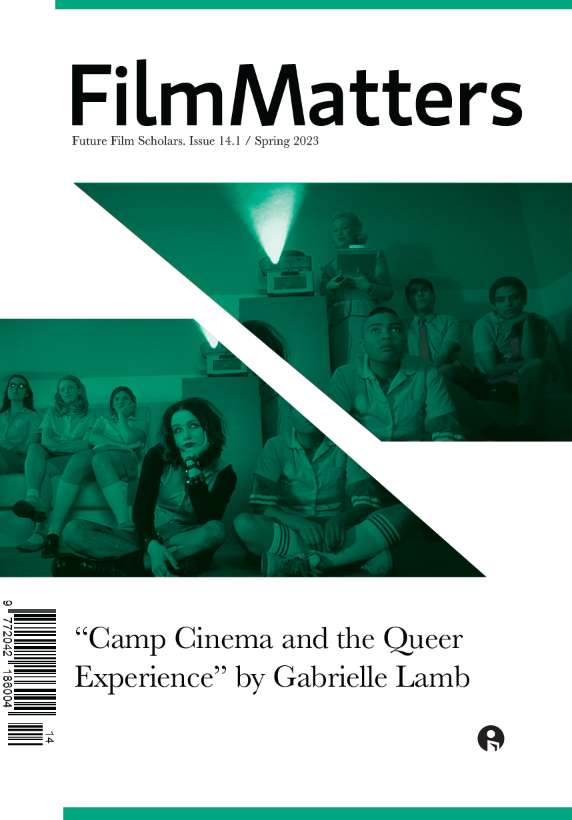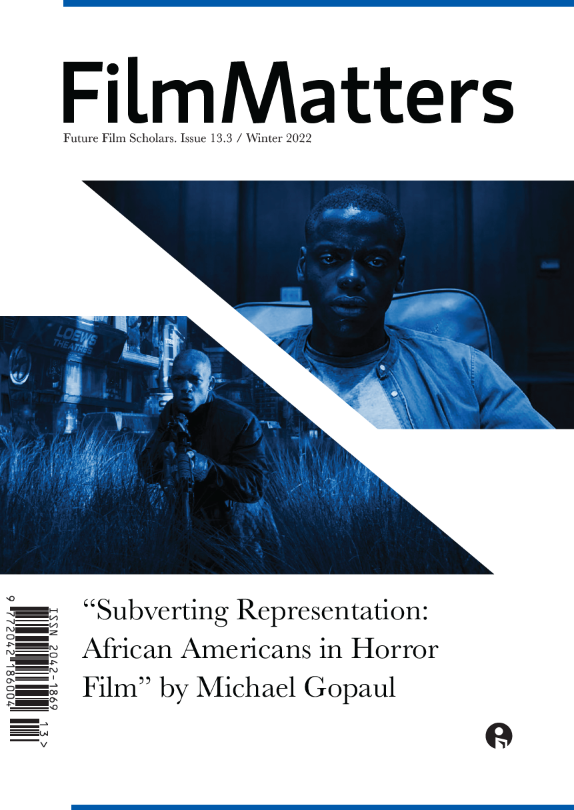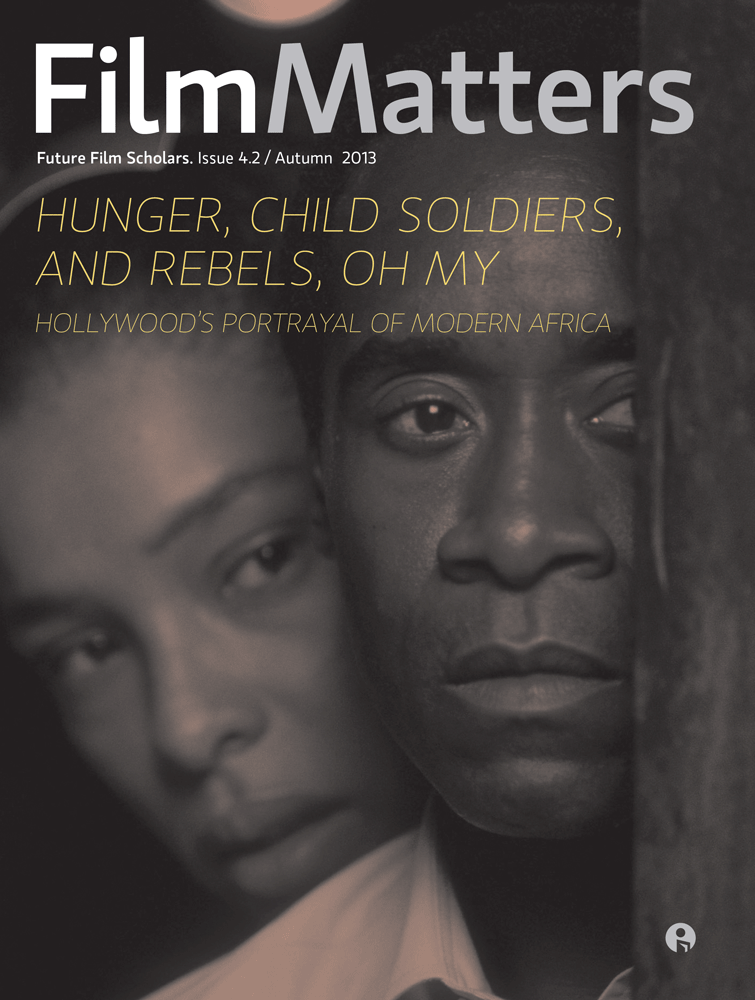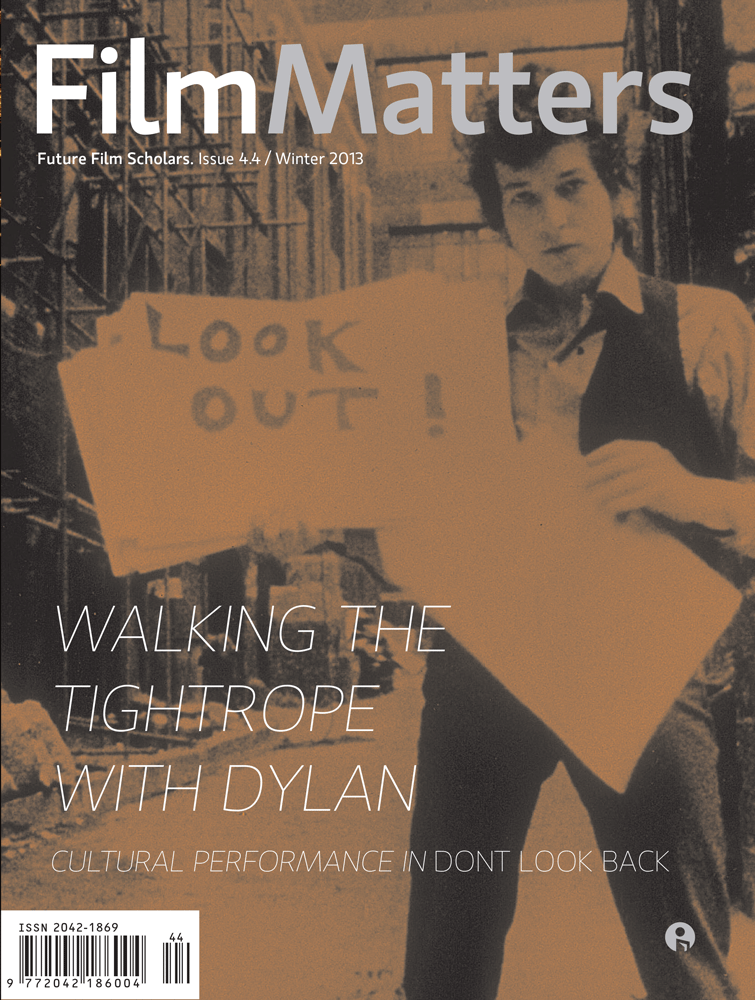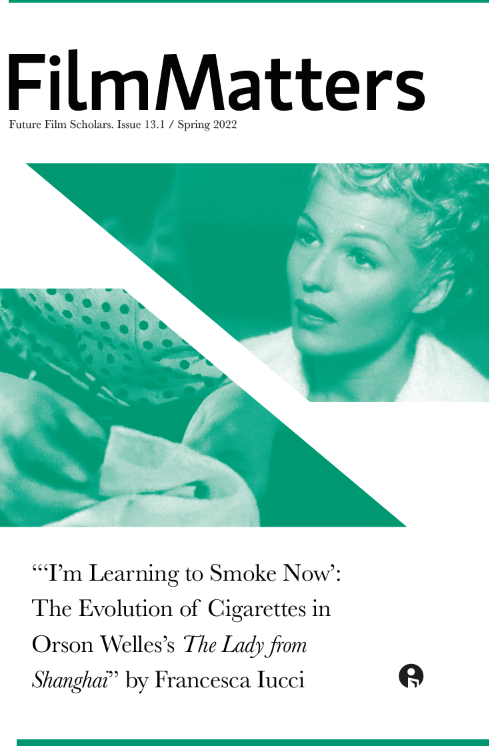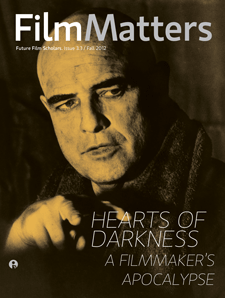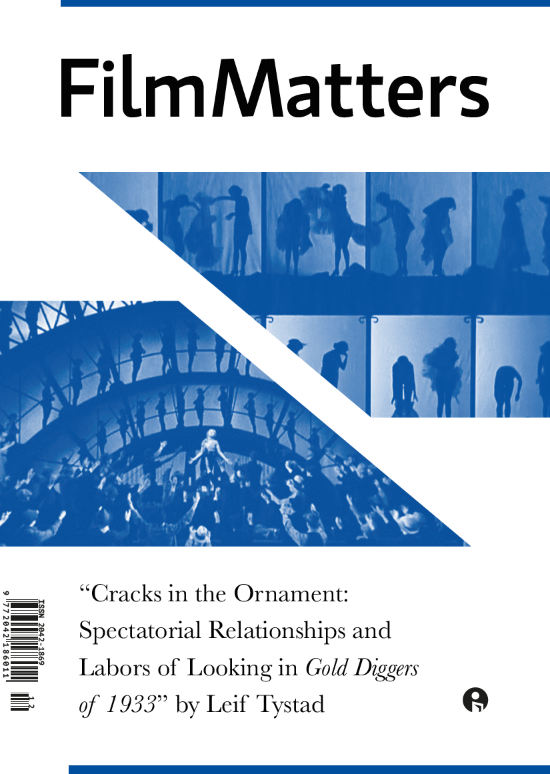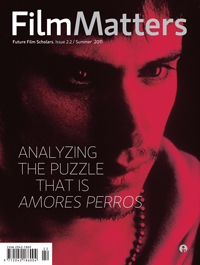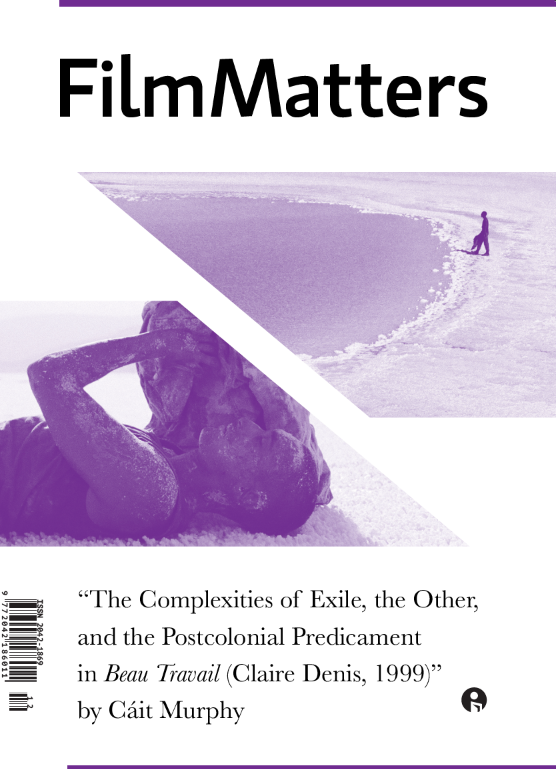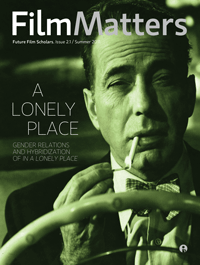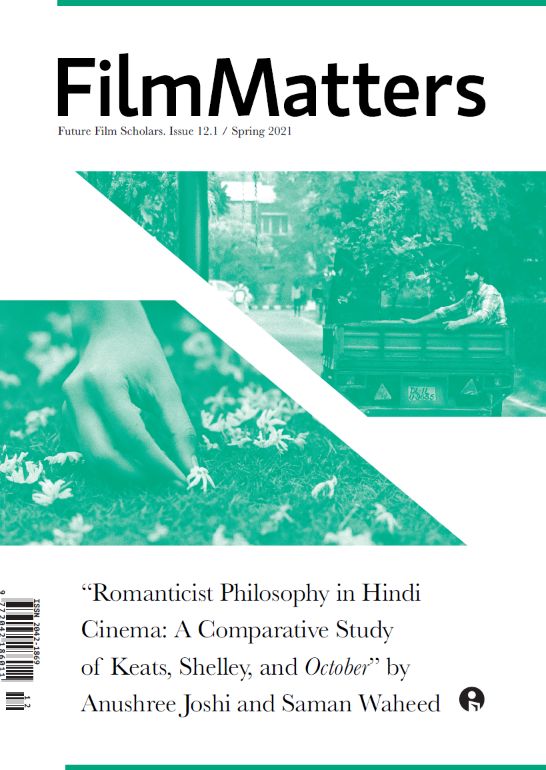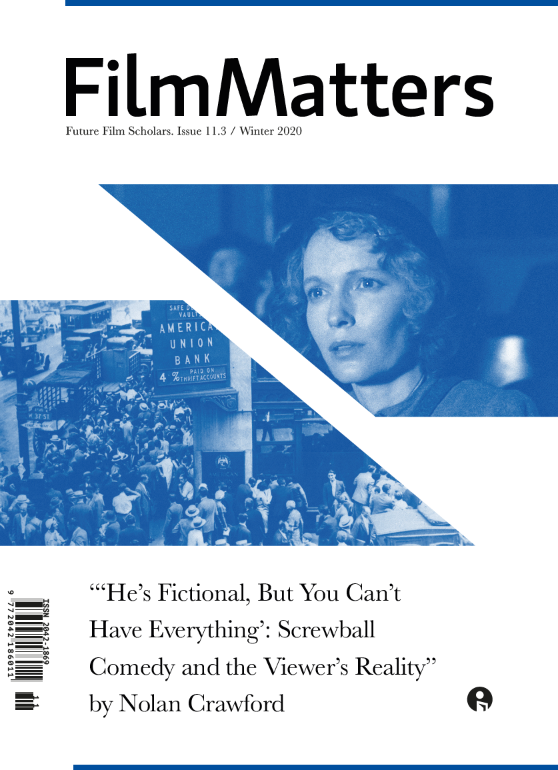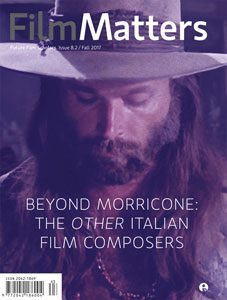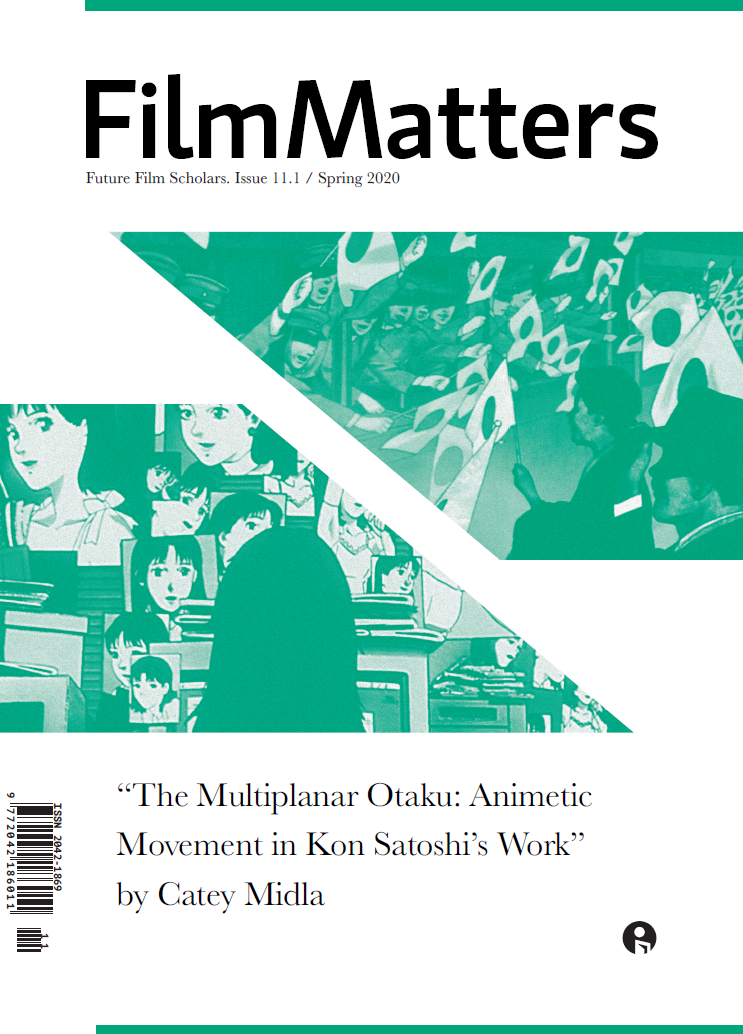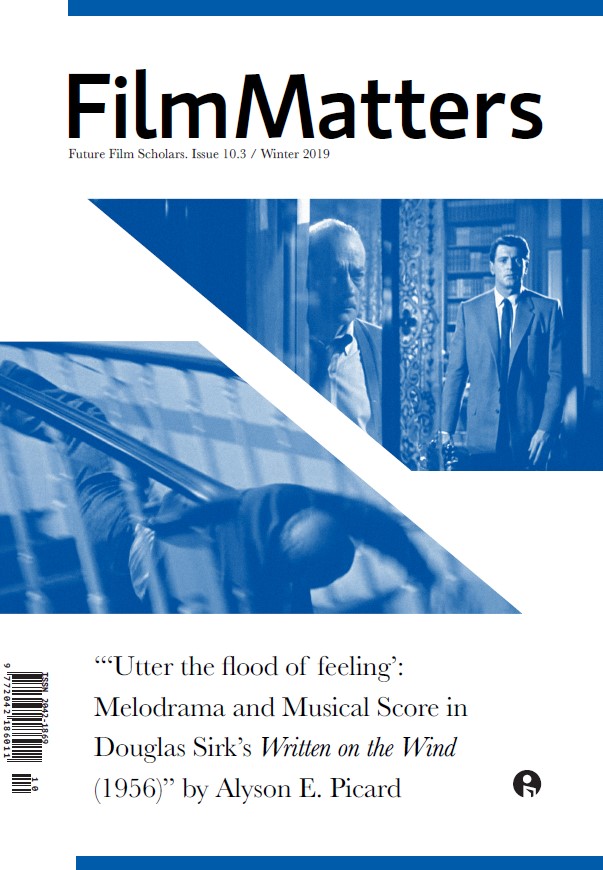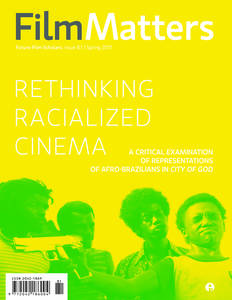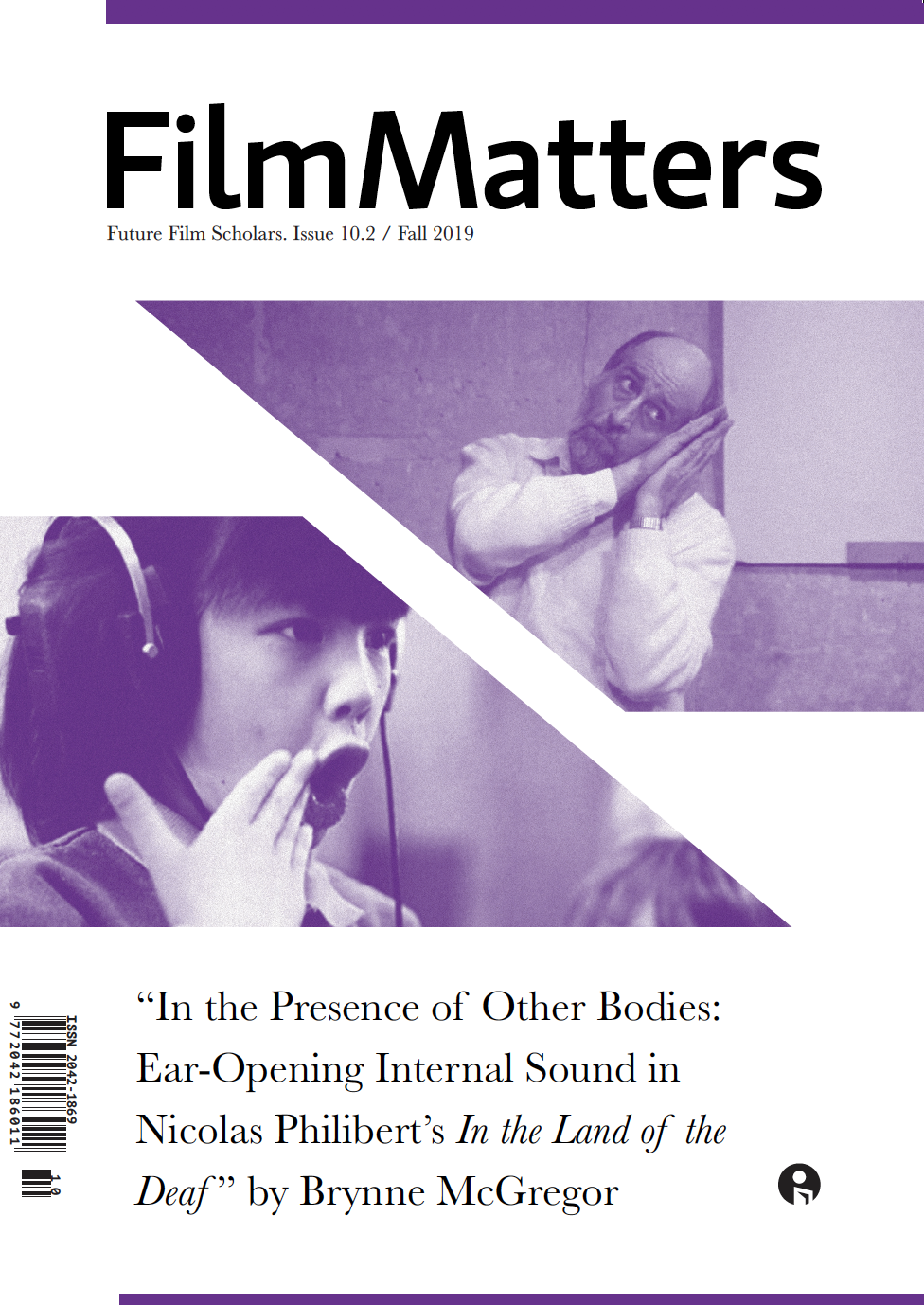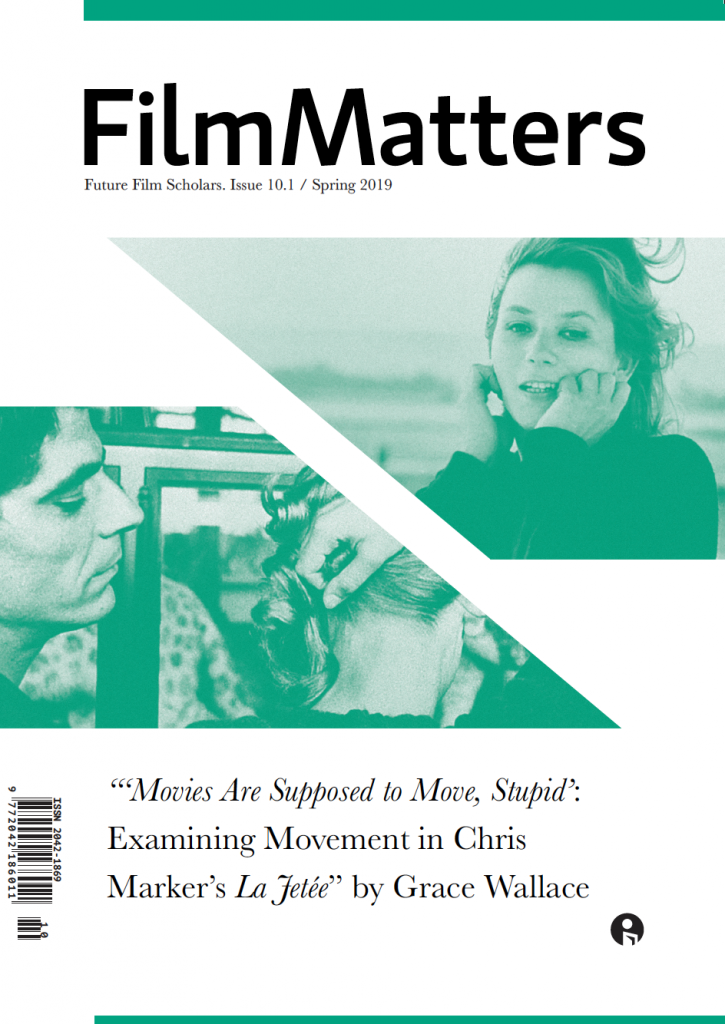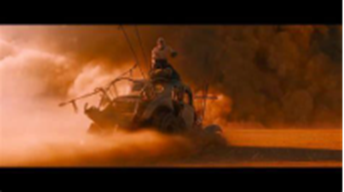
George Miller’s Mad Max: Fury Road (2015) isn’t just an action film—it’s a demolition derby for outdated masculinity, a furious deconstruction of the traditional action hero. While many celebrate it for its practical effects and relentless pace, there’s a deeper, more subversive layer that often gets overlooked. Beneath the surface spectacle lies a pointed critique of toxic masculinity—one that slips past many viewers and even some critics, buried under the roar of engines and the chaos of its dynamic set pieces.
Upon its release, Fury Road was widely praised for revitalizing the action genre, with critics like Peter Travers of Rolling Stone calling it “a new action classic” defined by its “pure kinetic energy” (Travers). But in focusing so heavily on the film’s style, these readings often miss what’s simmering underneath: a quiet revolution in how the genre portrays masculinity, power, and heroism. On forums and in viewer reviews, the film is frequently reduced to “just one long car chase”—a technical marvel, yes, but narratively flat (Smith). This kind of reading misses the film’s most radical gesture: not its speed, but its ideological detour.
For decades, the Mad Max franchise epitomized the lone wolf action hero—a man surviving on brute strength, violence, and sheer willpower. But in Fury Road, Max (Tom Hardy) is reduced to a blood bag, a resource, a silent witness to a world that no longer belongs to men like him. From the moment he’s muzzled and caged by Immortan Joe’s War Boys, the film signals that the era of the hyper-masculine action lead is over. Max’s struggle isn’t about reclaiming dominance—it’s about learning to follow, to assist, to survive in a world where brute force is no longer enough.
Nowhere is this clearer than in the film’s storm chase sequence, where Furiosa (Charlize Theron) defies the system that enslaved her, veering into the unknown with a truck full of women fleeing their oppressor. The scene is pure chaos—bodies flung into oblivion, vehicles swallowed by sand and lightning—but its real power lies in what it represents. Furiosa is the true hero of the film, leading a revolution not just against Immortan Joe but against the very archetype of the action genre’s traditional savior. When Max joins her, it’s not as a reluctant protector but as an equal, a man who realizes that the road to survival is not paved by domination, but by collaboration. Miller’s visual storytelling reinforces this shift. Immortan Joe’s War Boys live and die by toxic masculinity, chanting their willingness to sacrifice themselves for a false promise of Valhalla. Nux (Nicholas Hoult), once a fanatic, only finds purpose when he breaks free from this ideology—his redemption comes not through destruction, but through selfless action. Even Max’s greatest moment in the film isn’t a fight scene but a quiet, unceremonious act: wordlessly handing Furiosa his rifle when he realizes she’s the better shot. It’s a small gesture that carries the weight of an entire genre’s evolution.

In 2025, nearly a decade after its release, Fury Road feels more relevant than ever. As contemporary action films like The Woman King (2022), No Time to Die (2021), and Prey (2022) increasingly challenge the dominance of traditional male leads, Miller’s film stands as an early—and still radical—entry in this ongoing shift. The conversation around gender and power in media has deepened in recent years, with audiences more attuned to the ways masculinity is portrayed and interrogated on screen. Rewatching Fury Road now reveals how ahead of its time it was, and how urgently we still need stories that question who gets to lead—and why.
At its heart, Fury Road is an action movie that weaponizes action itself as critique. It takes the language of the genre—speed, violence, spectacle—and turns it against the very ideals that defined it for decades. The wasteland it depicts is not just physical, but ideological: a graveyard for outdated notions of power, heroism, and masculinity. And in its fire and fury, it builds something new—an action film where survival isn’t about being the strongest man but about tearing down the systems that made strength the only thing that mattered.
References
Miller, George, director. Mad Max: Fury Road. Warner Bros. Pictures, 2015.
Smith, Kyle. “Mad Max: Feminist Road.” New York Post, 14 May 2015, nypost.com/2015/05/14/mad-max-feminist-road/.
Travers, Peter. “Mad Max: Fury Road.” Rolling Stone, 12 May 2015, www.rollingstone.com/movies/movie-reviews/mad-max-fury-road-196988/.
Author Biography
I’m Ethan Gerrard, a second-year English Literature student at Cardiff University. My passion for film grew through my module Object Women in Literature and Film, where I studied Portrait of a Lady on Fire. I’m also drawn to political cinema like La Haine, which fuels my interest in the social dimensions of film and literature.


